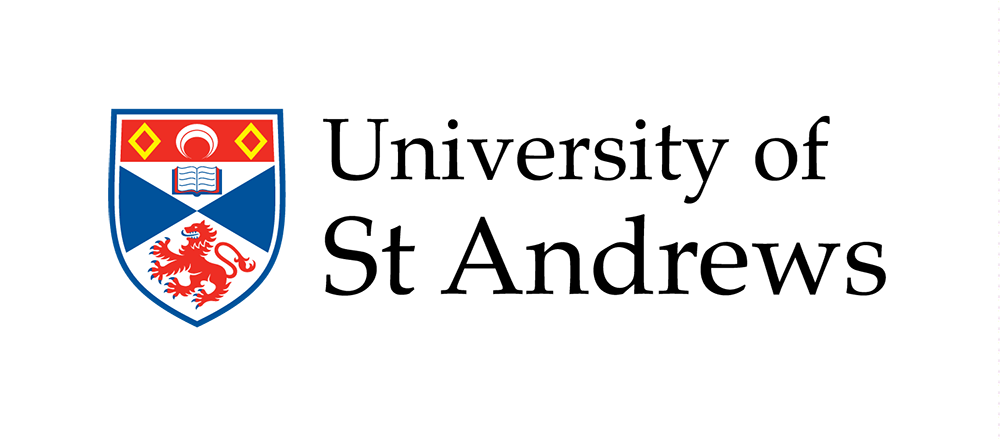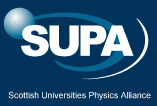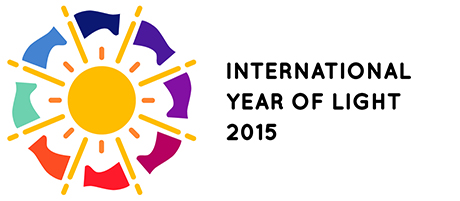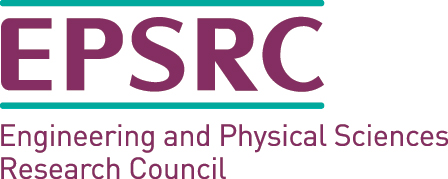

Dr F. Koenig (St Andrews)
Black holes can be understood in a simple picture: Imagine a river flowing towards a waterfall with ever increasing flow speed. Also imagine fishes in the river swimming upstream. At some position in the river the maximum speed of the fish will equal the flow speed and all fish beyond that "point of no return" will be flushed into the waterfall. Here the flow speed corresponds to the gravity of a black hole and the point of no return to the event horizon.
Arguably the most facinating aspects of astronomical black holes is the emission of Hawking radiation from the event horizon, an intriguing quantum effect combining gravity, thermodynamics and quantum mechanics.
Unfortunately, the astrophysical Hawking radiation is far too weak to ever being detected directly. Recently, however, we have invented a method to create moving artificial event horizons with short pulses in optical fibers. Moreover, the expected Hawking radiation is strong enough to be detectable with single photon coincindence counting.
The idea of the PhD programme is the calculation, detection, and characterization of this elusive Hawking radiation for the first time. The work has already gained momentum in our group and a setup is built using optical pulses of just a few cycles pulse length. In addition we will explore further quantum field theory effects in curved spacetime.
Category: Experimental quantum optics, Quantum optics and information
Dr F. Koenig (St Andrews)
Interferometers are the most sensitive instruments for measuring length. This was demonstrated by the LIGO collaboration by the direct detection of gravitational waves, which was awarded the Nobel prize in 2017.
One might wonder what the limit of precision is in an optical interferometer. The answer is that the precision is limited by the combined effect of quantum uncertainty in the phase of light and quantum-radiation pressure on the mirrors of the interferometer. This is normally referred to as the standard quantum limit.
Manipulating cleverly the quantum state of light used in the interferometer, this limit can be overcome though. The typical idea is to inject a squeezed state of light into the interferometer to reduce the quantum noise in the single variable that is read out. However, this technique is susceptible to losses and noise in the squeezed state preparation and light detection.
TRecently, an alternative way has been demonstrated, an SU(1,1) interferometer, in which the beam splitters of the interferometer are exchanged with two-mode squeezers (parametric amplifiers) [3,4]. This interferometer is sensitive to losses only inside the interferometer arms, but does not require non-classical, quantum state injection or quantum-sensitive detection.
In this PhD program, the parametric process of four-wave mixing (FWM) in optical fibers is to be used to construct a robust fiber-integrated SU(1,1) interferometer with sub-shot noise sensitivity.
In the planned experiment, a strong pump light is propagated along a suitable photonic-crystal fiber. The FWM will lead to the spontaneous conversion of pairs of pump photons to two other light modes, the signal and idler beams, defined by their frequencies. If the process has very high gain and is not entirely spontaneous, but seeded by injecting a signal, high photon numbers can be achieved at the fiber output, maintaining the strong quantum correlations between signal and idler. The quantum state of light is referred to as 'bright squeezed vacuum' [1].
Thus in a second stage of the project, this light will be used in interferometry, in which the reverse FWM interaction creates nonlinear interference between the produced signal and idler beams. The increase in sensitivity compared to a linear classical interferometer scales as the square root of the photon number in the interferometer, beating the classical shot noise limits of interferometers.
The project involves pulsed as well as continuous lasers, fiber optics, spectrometry, and single photon counting.
The project will be carried out in collaboration and intellectual exchange with Prof. Chekhova at the Max Planck Institute of Light, Germany.
References:
[1] I.N. Agafonov, M.V. Chekhova, and G. Leuchs, "Two-Color Bright Squeezed Vacuum",
Phys. Rev. A 82, 011801(R) (2010).
[2] Horoshko, D., Kolobov, M., Gumpert, F., Shand, I. R., Koenig, F. E. W., Chekhova, M., "Nonlinear Mach-Zehnder interferometer with ultrabroadband squeezed light", Journal of Modern Optics, 67:1, 41-48, (2019)
[3] B. Yurke, S. L. McCall, J. R. Klauder, "SU(2) and SU(1,1) interferometers", Phys, Rev. A 33, 4033, (1986)
[4] Mathieu Manceau, Gerd Leuchs, Farid Khalili, and Maria Chekhova, "Detection Loss Tolerant Supersensitive Phase Measurement with an SU(1,1) Interferometer", Phys. Rev. Lett. 119, 223604 (2017).
Category: Experimental quantum optics



